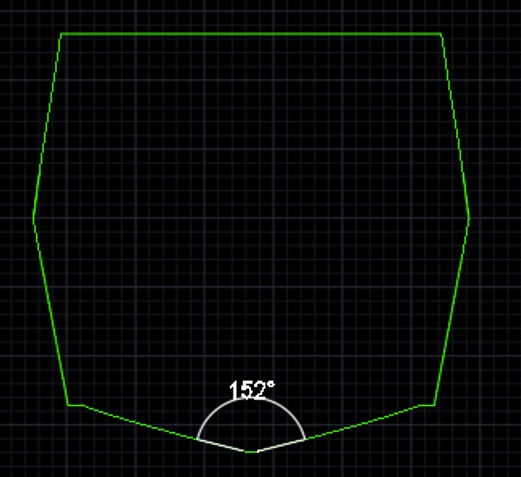Resistance Study of Fast Patrol Vessel 62 Series with Deadrise Apex Variation Using Savitsky Method
DOI:
https://doi.org/10.30649/baitaengineering.v1i2.12Abstract
Until now, with the continuous development of the shipping industry, variations in the shape of the ship's hull continue to emerge. This study will examine variations in the deadrise angle of fast patrol boats against ship resistance. This aims to determine the variation of the keel angle which is more efficient. This study analyzes keel angle variations of fast patrol boats using the Savitsky method with the help of Maxsurf Resistance software and the NUMERICAL method. The data sources used are primary and secondary data from a patrol boat. The data will be modeled in 3D and the resistance is analyzed and then compared to the variation of the keel angle that produces the smallest resistance. The theoretical basis used is a fast boat, keel, ship resistance, Savitsky method, and NUMERICAL. There are differences in the results obtained between the Savitsky method and the NUMERICAL method with an average difference of 7.15% in the existing model. The existing model is considered more optimum based on the calculation of the Savitsky method, the change in deadrise angle causes an increase in the value of the ship's resistance. While the results of the calculation of the NUMERICAL method show that the addition of the deadrise angle causes an increase in the ship's resistance and a reduction in the deadrise angle causes a decrease in the value of the ship's resistance. Based on the results of calculations using the NUMERICAL method, model 5 with a keel angle of 154 While the results of the calculation of the NUMERICAL method show that the addition of the deadrise angle causes an increase in the ship's resistance and a reduction in the deadrise angle causes a decrease in the value of the ship's resistance. Based on the results of calculations using the NUMERICAL method, model 5 with a keel angle of 154 While the results of the calculation of the NUMERICAL method show that the addition of the deadrise angle causes an increase in the ship's resistance and a reduction in the deadrise angle causes a decrease in the value of the ship's resistance. Based on the results of calculations using the NUMERICAL method, model 5 with a keel angle of 154°is the model with the smallest resistance value. It is hoped that this research can be used as a reference for the manufacture of new patrol boats or a study material for the shipping industry.
Downloads
References
FAO, “Illegal, Unreported and Unregulated (IUU) Fishing.” https://www.fao.org/iuu-fishing/background/what-is-iuu-fishing/en/ (accessed Jul. 11, 2022).
D. Savitsky, “Hydrodynamic design of planing hulls,” Mar. Technol. SNAME News, vol. 1, no. 04, pp. 71–95, 1964.
S. I Ketut Aria Pria Utama Ketut Suastika, “Experimental and Numerical Investigation into the Effect of the Axe-Bow on the Drag Reduction of a Trimaran Configuration,” Int. J. Technol., vol. 12, no. 3, pp. 291–319, 2021, doi: https://doi.org/10.14716/ijtech.v12i3.4659.
R. Qin and C. Duan, “The principle and applications of Bernoulli equation,” in Journal of Physics: Conference Series, 2017, vol. 916, no. 1, p. 12038.
K. Eggers and D. Huang, Ship wave ray tracing including surface tension. 1990.
I.K. A. P. Utama, A. Jamaluddin, and W. D. Aryawan, “EXPERIMENTAL INVESTIGATION INTO THE DRAG INTERFERENCE OF SYMMETRICAL AND ASYMMETRICAL STAGGERED AND UNSTAGGERED CATAMARANS.,” J. Ocean Technol., vol. 7, no. 1, 2012.
A. Kukner and A. M. Yasa, “High speed planing hulls resistance prediction methods and comparison,” J. Tech. Univ. Istambul Turkey, https//www. Res. net, diakses pada tanggal, vol. 14, 2019.

Published
How to Cite
Issue
Section
License
Copyright (c) 2025 BAITA Engineering: Journal of Naval Architecture and Marine Engineering

This work is licensed under a Creative Commons Attribution-NonCommercial 4.0 International License.




